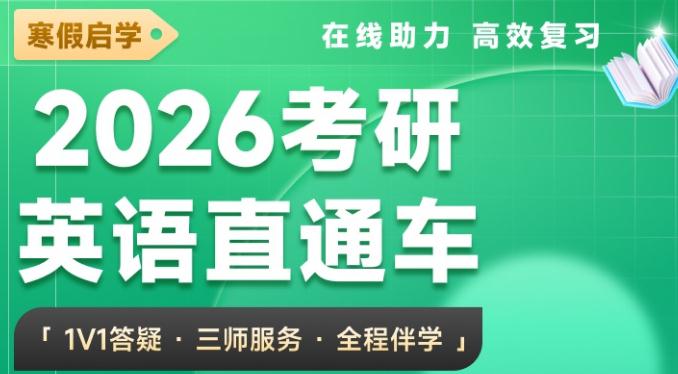1998-2022 ChinaKaoyan.com Network Studio. All Rights Reserved. 沪ICP备12018245号
2016考研英语阅读热点:新型转基因水稻可减少温室气体释放量
Scientists from China, Sweden and the United Stateshave developed a high-yielding rice that can reduce methane emissions, a major greenhousegas blamed for global warming, from paddies。
来自中国、瑞典和美国的科学家研发了一种新型高产水稻,同时还能减少甲烷的释放量。甲烷是水稻产生的造成全球变暖的主要温室气体。
By inserting a barley gene into rice, Sun Chuanxin and his colleagues created SUSIBA2 Rice,which stores more starch in the section of the rice above ground, according to a paperpublished on the latest issue of Nature。
发布在最新一期《自然》杂志上的文章介绍,通过将大麦基因植入水稻中,孙传信及其同事研发了SUSIBA2型水稻,这种水稻将更多的淀粉储存在根部以上的稻穗中。
This means the grains will have more starch while the root will exude less nutrients that willlater be turned into methane by microbes in the soil, Sun, who works with Swedish University ofAgricultural Sciences, told Xinhua。
这意味着稻谷能有更多的淀粉,而减少通过根部释放到土壤中的养分,这些养分会被土壤中的微生物转化为甲烷。瑞典农业科学大[微博]学华人科学家孙传信告诉新华社。
"It solves two major problems mankind faces at one time: environmental degradation and theneed for increased grain output, " Wang Feng, co-author of the paper from Fujian Academy ofAgricultural Sciences, told Xinhua。
“这样一举两得:既解决了环境的恶化问题,又满足了粮食产量增加的需求。”论文合著者、福建农业科学院王锋告诉新华社。
Wang said the rice can cut methane discharge by more than 90 percent during summer andmore than half during autumn, as "the rice displays a greater emission reduction effect in hightemperatures."
王锋称,这种水稻在夏天能减少90%的甲烷释放量,秋天能减少50%。“温度越高,该水稻对甲烷的释放量有更好的降低作用。”
Meanwhile, small-scale trials have also suggested an increased output: a single plant of the newbreed has 300 more grains with a starch content 10 percent higher, Wang added。
同时,王锋还介绍道,小规模的试验表明还能增加产量:新型水稻每株能产300多粒稻谷,淀粉含量比常规水稻多10%。
Wang said the team is working on applications for the breed in different areas, seasons andusing different farming techniques. "It’s still far away from mass application, but at least wesee the light of hope."
王锋介绍,他的团队正在将种子应用到不同的地区、不同的季节以及使用不同的耕作方式。“目前距离大规模推广还很遥远,但至少看到了希望的曙光。”
Human-induced methane, though less abundant than carbon dioxide in the air, is responsiblefor 20 percent of the global warming effect. Rice paddies are the largest single source ofmethane linked to human activity。
人类活动造成的甲烷虽然在空气中的含量不及二氧化碳,但全球温室效应却有20%来自甲烷。水稻则是人类活动产生甲烷最大的单一来源。
According to the Ministry of Agriculture, China produces 209 million tonnes of rice in 2014, or28 percent of the world’s total of 734 million。
根据农业部数据,中国在2014年生产2.09亿吨水稻,占世界总产量7.23亿吨的28%。
来源未注明“中国考研网\考研信息网”的资讯、文章等均为转载,本网站转载出于传递更多信息之目的,并不意味着赞同其观点或证实其内容的真实性,如涉及版权问题,请联系本站管理员予以更改或删除。如其他媒体、网站或个人从本网站下载使用,必须保留本网站注明的"稿件来源",并自负版权等法律责任。
来源注明“中国考研网”的文章,若需转载请联系管理员获得相应许可。
联系方式:chinakaoyankefu@163.com
- 2026考研英语全程班 6班
- 权威高配师资亲授技巧,教研千锤百炼科学提分。直录播课相结合精讲互动二合一,专业团队精细化作文批改。讲练结合,随学随练稳步提升。支持试听~
- 主讲团队:王江涛、谭剑波、董仲蠡、许聪杰、陈志超、潘赟、郑艳彤、易熙人

扫码关注
了解考研最新消息












